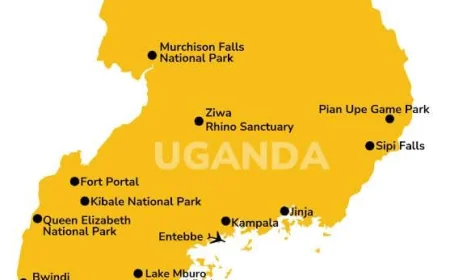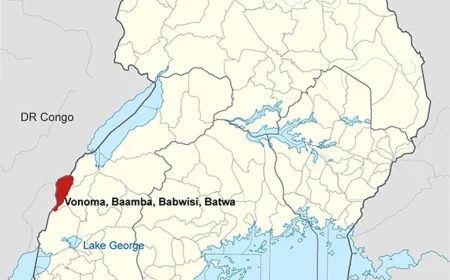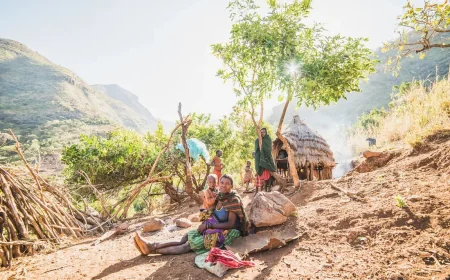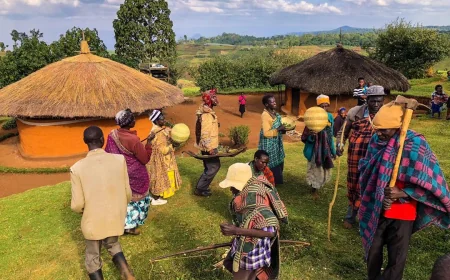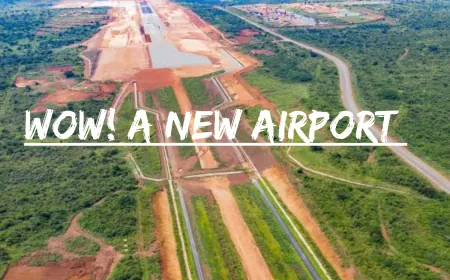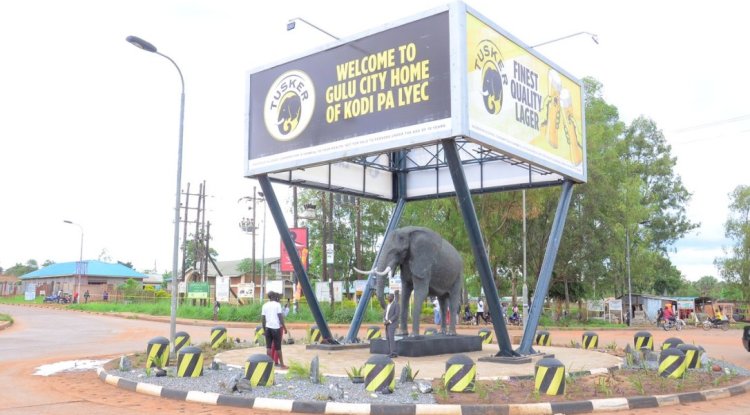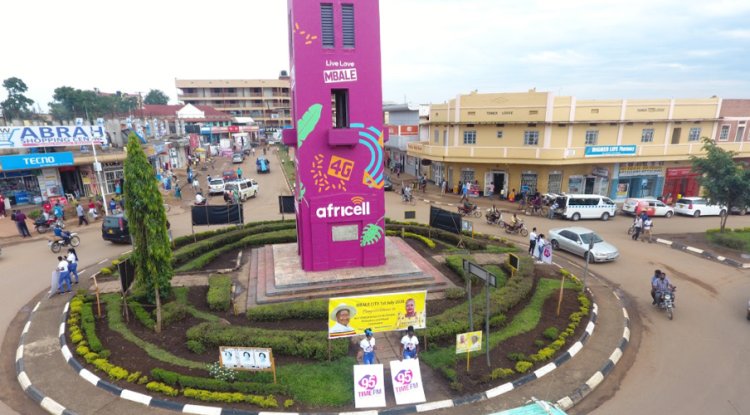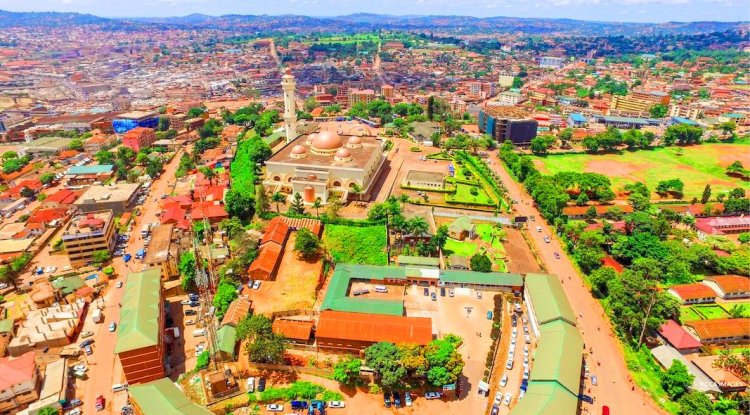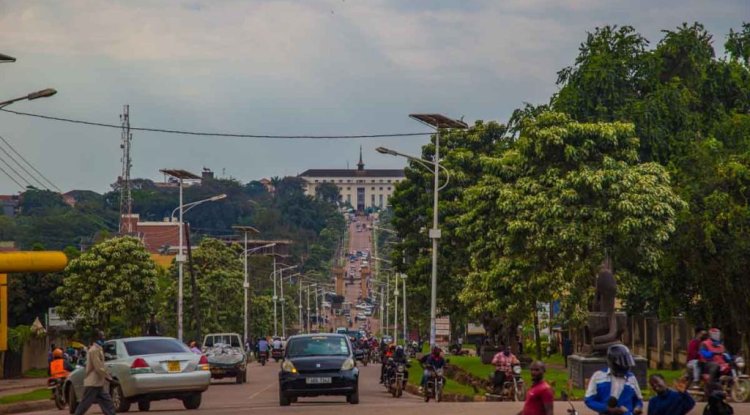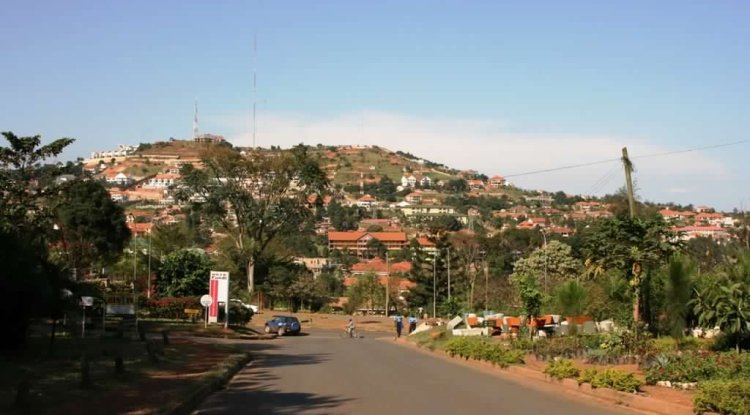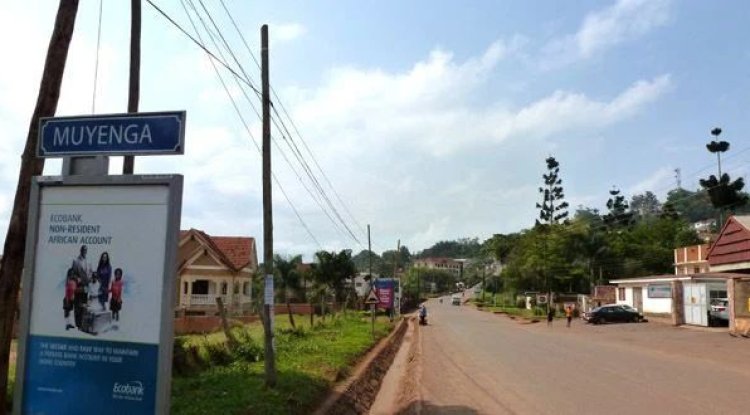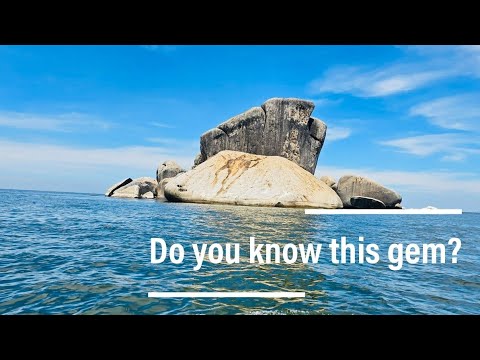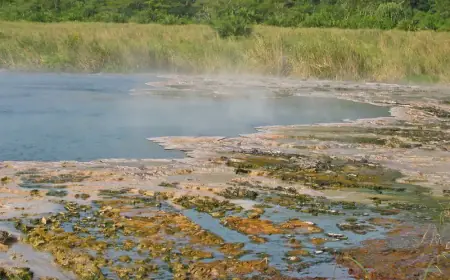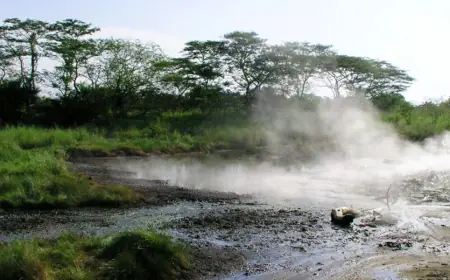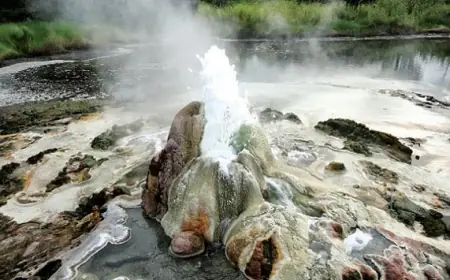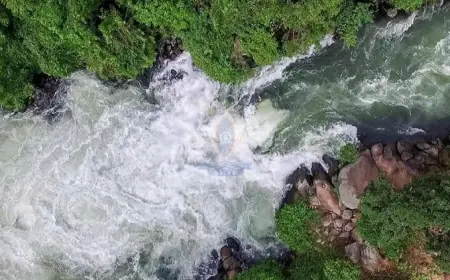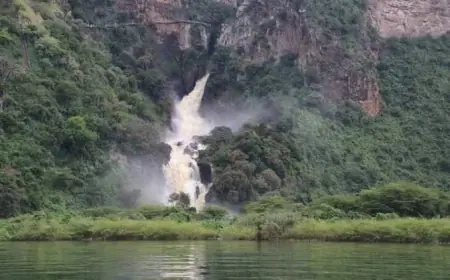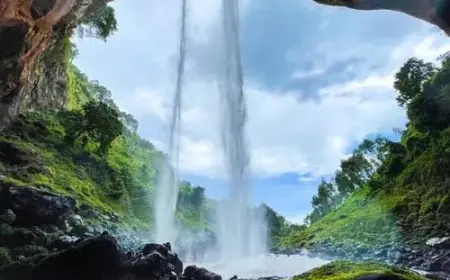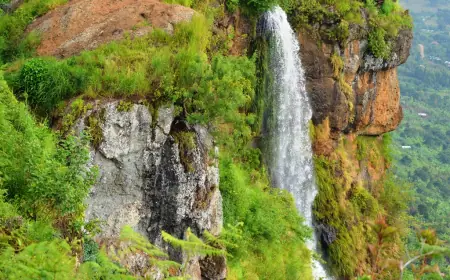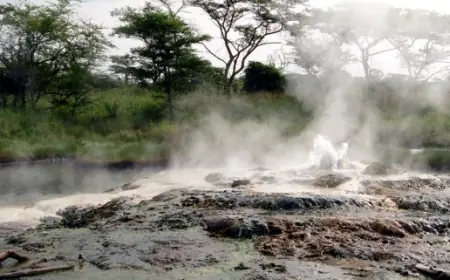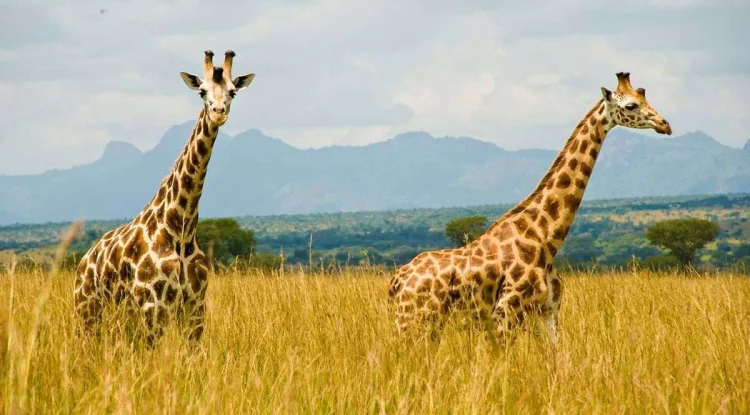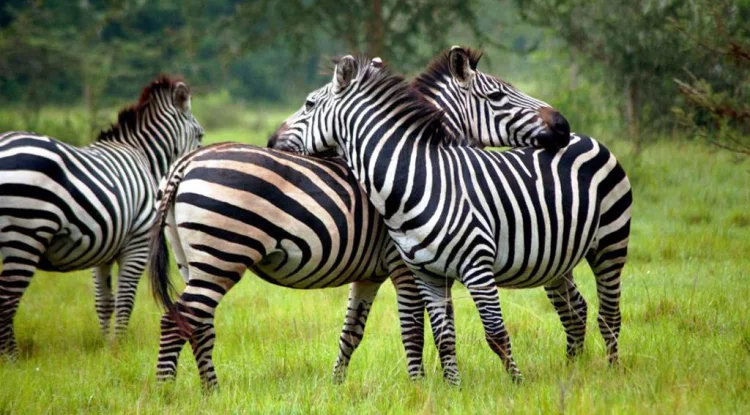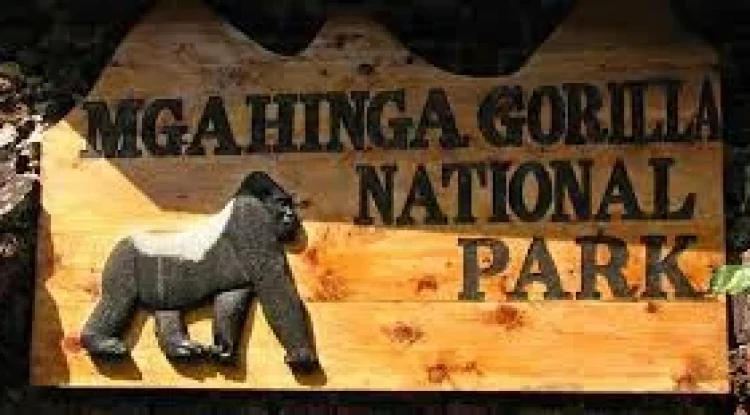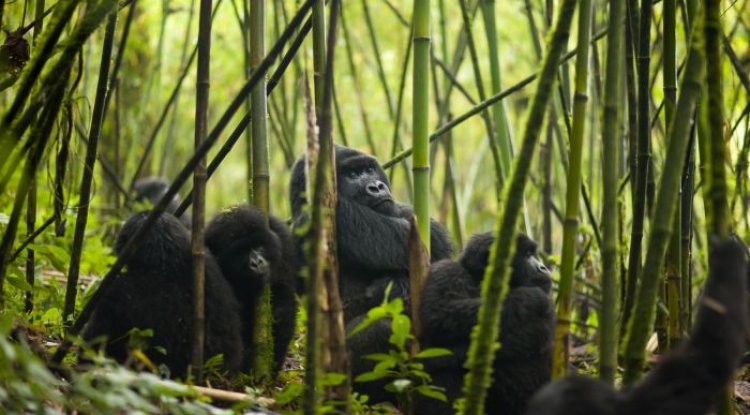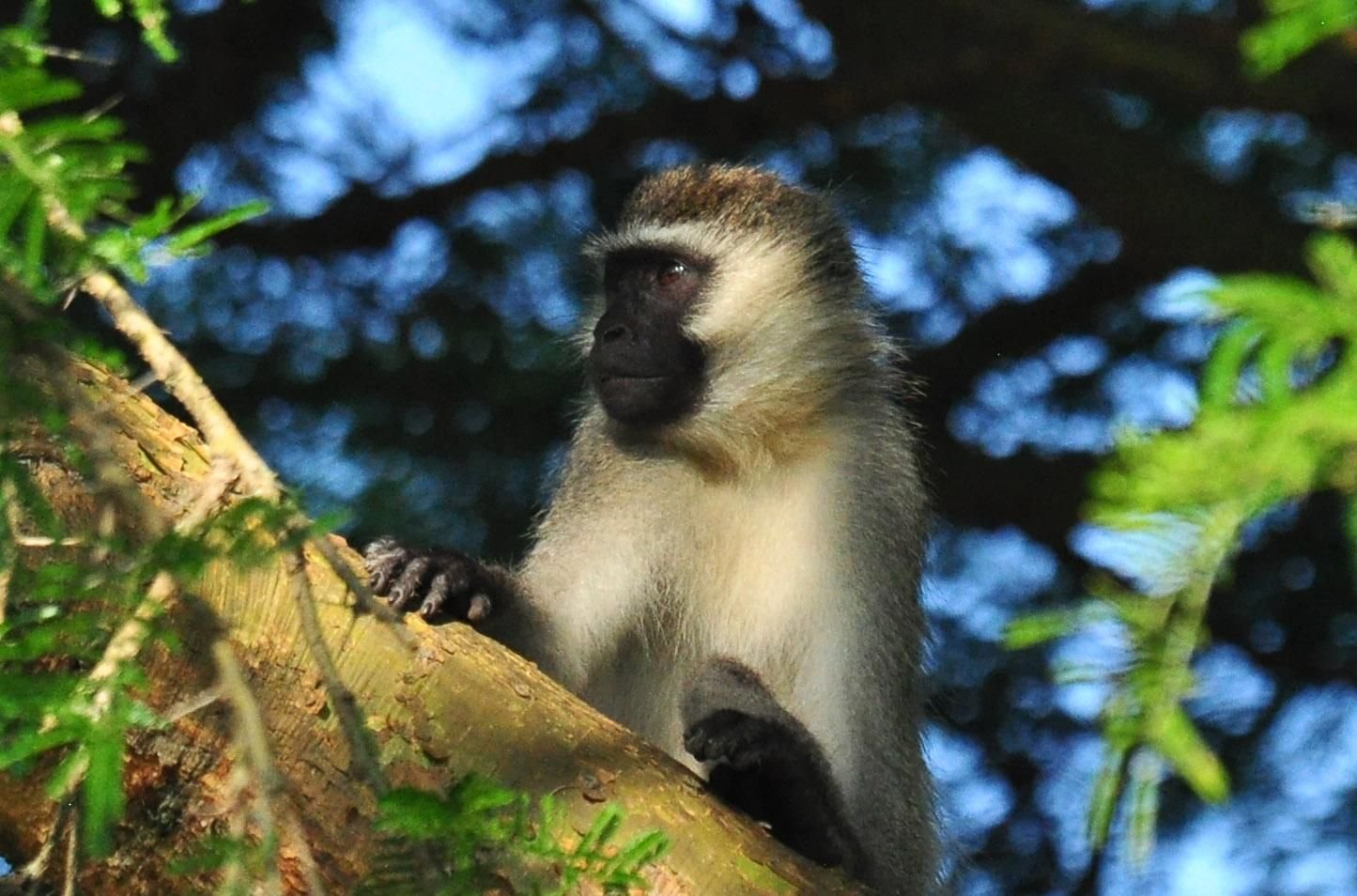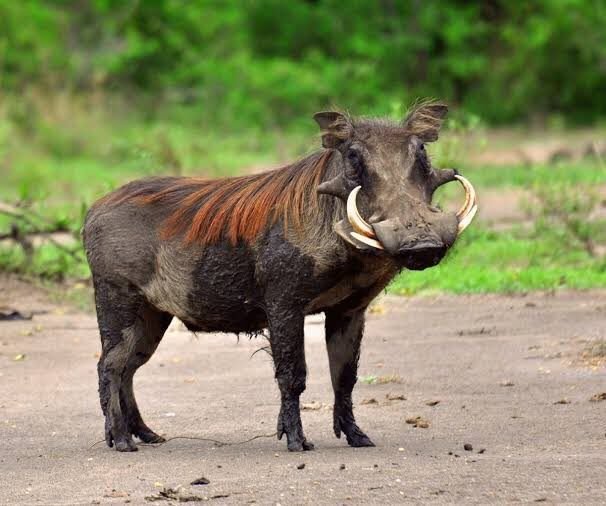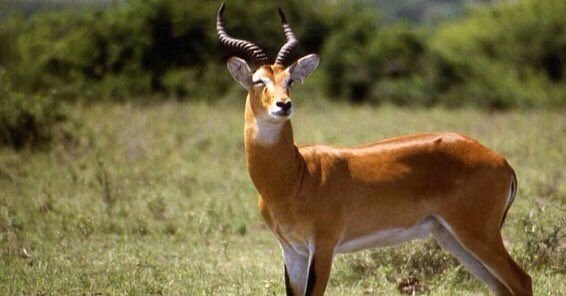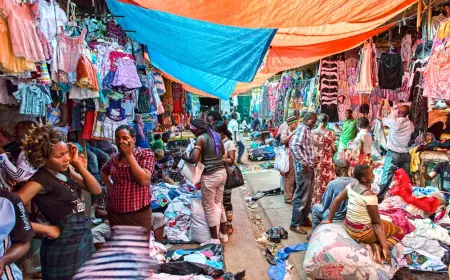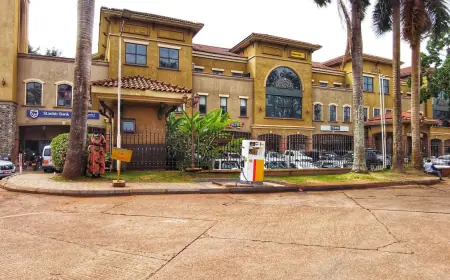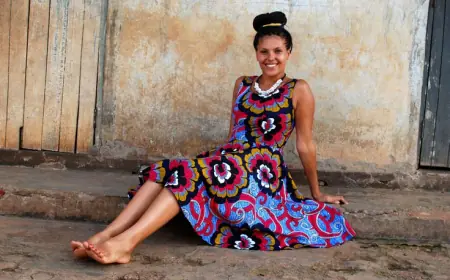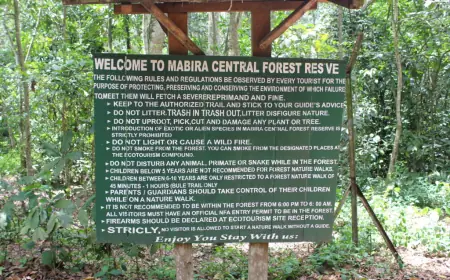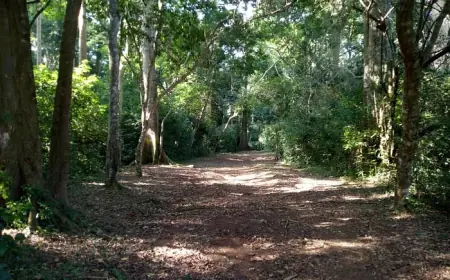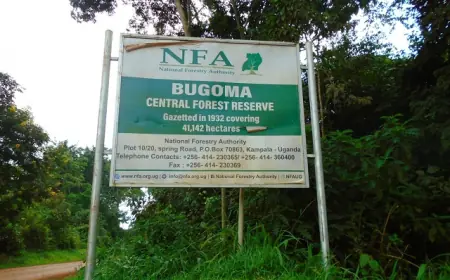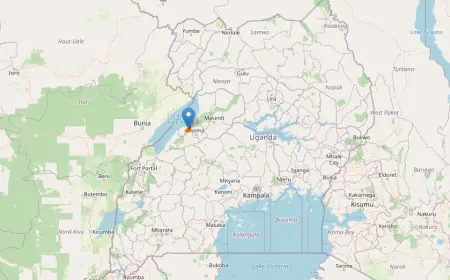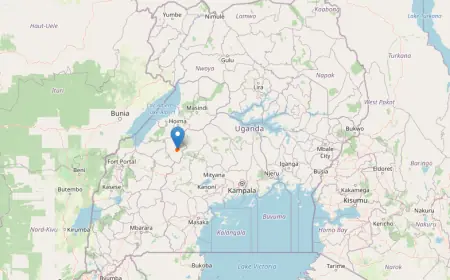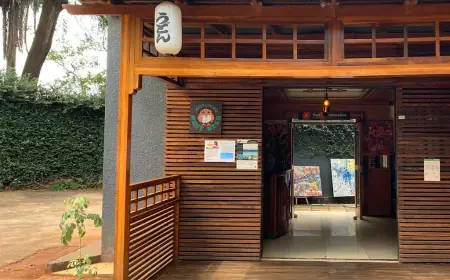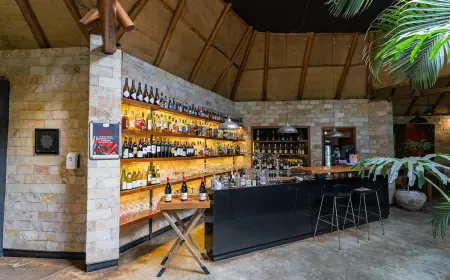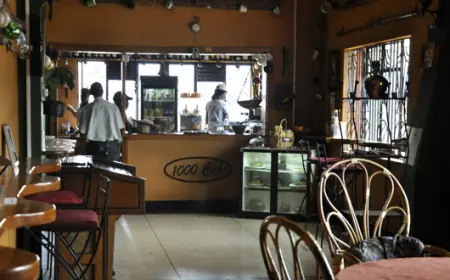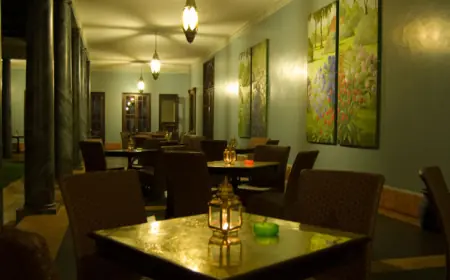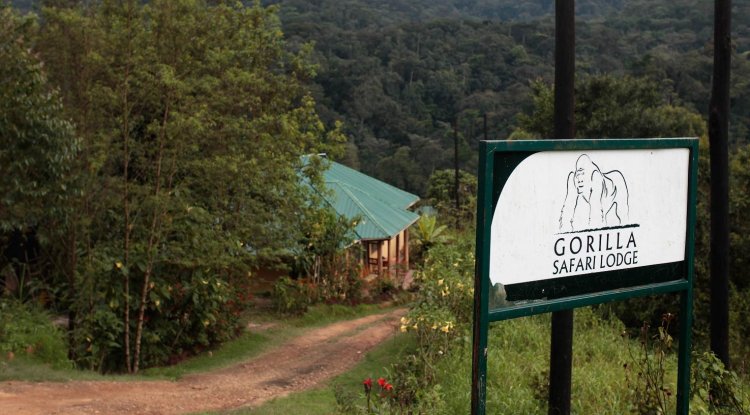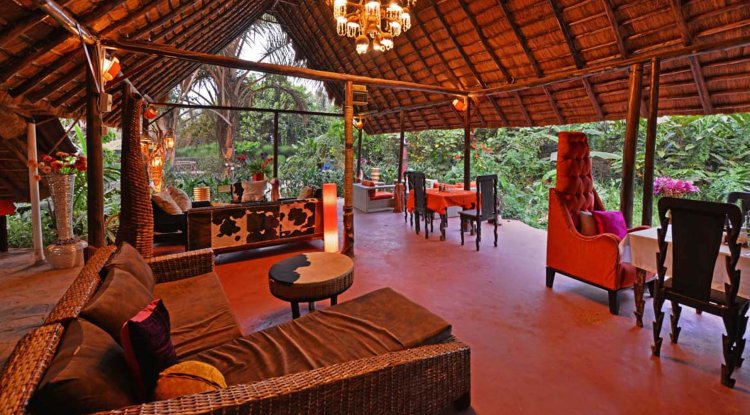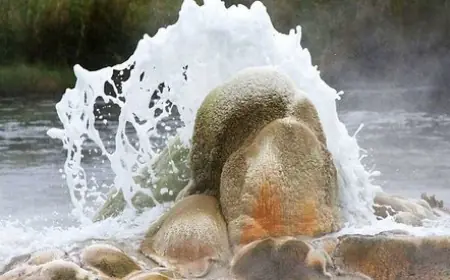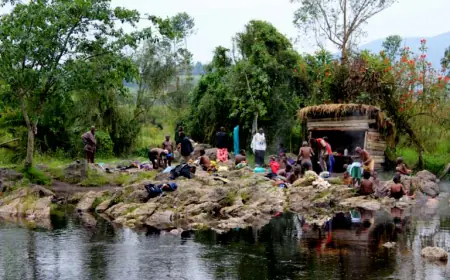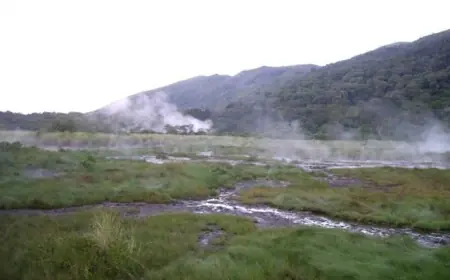Buranga Hot Springs
There are 37 hot springs in the area, divided into three groups: Nyansimbe, Mumbuga, and Kagoro. Each group has its own unique features and attractions, and they are all worth exploring.
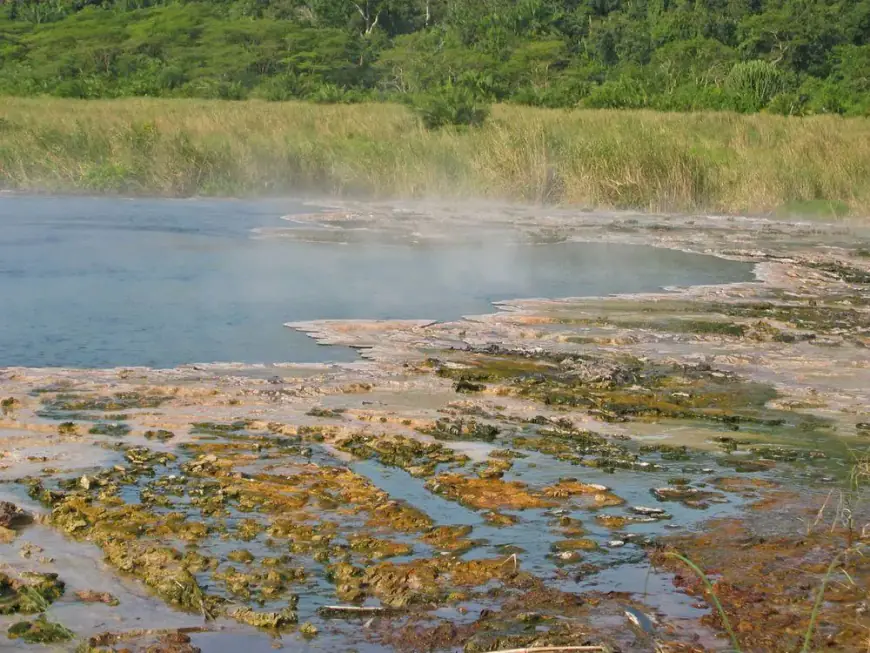
Imagine walking through a lush tropical rainforest, surrounded by the sounds of birds and monkeys, and suddenly coming across a steaming pool of water that smells like sulfur and bubbles like a cauldron. You have just discovered one of the most amazing natural wonders in East Africa: the Buranga Hot Springs.
The Buranga Hot Springs are located in the remote western region of Uganda, at the base of the Bwamba escarpment, near the snow-capped Rwenzori Mountains. They are part of the Semuliki National Park, which is home to the only remaining lowland tropical rainforest in East Africa. This forest is a biodiversity hotspot, where plants and animals of western and eastern Africa meet and mingle.
The hot springs are formed by the geothermal activity of the Albertine Rift, a branch of the East African Rift System, where the earth's crust is being pulled apart by tectonic forces. The hot water rises along the active faults of the rift, reaching temperatures of up to 98.4°C. The water also carries minerals and gases from the depths of the earth, creating colorful deposits of carbonates and sulfates around the springs.
There are 37 hot springs in the area, divided into three groups: Nyansimbe, Mumbuga, and Kagoro. Each group has its own unique features and attractions, and they are all worth exploring.
Nyansimbe: The Male Pool
Nyansimbe, also known as the male pool, is the largest and hottest of the hot springs. It has a diameter of 30 meters and a depth of more than 5 meters. It has a clear pool of water that boils at 86°C, surrounded by a swampy area that is only accessible in the dry season. The pool has a flow rate of 15 liters per second, making it the most powerful of the hot springs.
Nyansimbe has a carbonate cone that rises from the center of the pool, creating a natural fountain of hot water. The cone is covered with green algae and moss, contrasting with the white and yellow deposits of the water. The pool is also home to some endemic microorganisms, such as two strains of thermophilic Geobacillus bacteria, that can survive the extreme heat and acidity of the water.
Nyansimbe is a popular spot for locals and tourists alike, who come to enjoy the therapeutic benefits of the hot water. Some believe that the water has healing properties, and can cure various ailments, such as skin diseases, rheumatism, and infertility. Others simply enjoy the relaxing and refreshing experience of soaking in the natural jacuzzi.
Mumbuga: The Female Pool
Mumbuga, also known as the female pool, is the most spectacular and scenic of the hot springs. It consists of several smaller springs that are spread over an area of 60 by 40 meters. The springs are located in a clearing in the forest, surrounded by palm trees and ferns. The springs deposit carbonate, creating travertine cones and terraces that resemble miniature volcanoes.
The most impressive feature of Mumbuga is the perpetual spouter, a spring that constantly shoots a jet of water into the air, creating a small geyser. The spouter is about 1.5 meters tall, and has a diameter of 50 centimeters. The water reaches a height of 50 centimeters above the cone, and has a temperature of 98.4°C, the highest of all the hot springs. The water also bubbles and emits gases, such as carbon dioxide and hydrogen sulfide, giving the spring a sulfurous smell.
Mumbuga is a favorite destination for wildlife enthusiasts, who come to observe the animals and birds that are attracted by the hot springs. The springs provide a source of salt for the animals, which is scarce in the rainforest. Some of the animals that can be seen around the springs include elephants, buffaloes, antelopes, monkeys, and warthogs. The springs also create a wetland habitat for many bird species, such as hornbills, kingfishers, weavers, and sunbirds.
Kagoro: The Sulphur Pool
Kagoro, the southernmost group of hot springs, is the most secluded and mysterious of the hot springs. It is located in a dense rainforest, and can be reached by a short hike through the jungle. It covers an area of 50 by 15 meters, and has several springs that form travertine cones and pools.
The most distinctive feature of Kagoro is the presence of sulfur deposits at the base of the largest cone. This is the only place in the Buranga Hot Springs where sulfur can be found, and it gives the water a yellowish hue and a pungent smell. The water has a temperature of 60 to 91°C, and a flow rate of 6.5 liters per second.
Kagoro is a hidden gem for adventurous travelers, who want to experience the wild and untouched side of the hot springs. The springs are surrounded by a pristine forest, where rare and endangered plants and animals can be found. Some of the species that live in the forest include chimpanzees, forest elephants, leopards, pygmy hippos, and giant forest hogs. The forest also hosts some cultural and historical sites, such as the Batwa pygmy caves, where the indigenous people used to live and worship.
Conclusion
The Buranga Hot Springs are a natural wonder that showcase the beauty and diversity of Uganda's rainforest. They offer a variety of attractions and activities for visitors, from relaxing and healing in the hot water, to observing and exploring the wildlife and culture of the forest. They are a must-see destination for anyone who wants to discover the hidden treasures of Uganda.
What's Your Reaction?
 Like
0
Like
0
 Dislike
0
Dislike
0
 Love
0
Love
0
 Funny
0
Funny
0
 Angry
0
Angry
0
 Sad
0
Sad
0
 Wow
1
Wow
1
